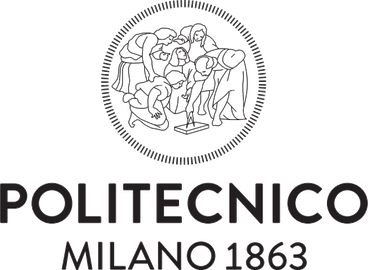Politecnico di Milano: Autofficina Futuro: An Interactive Vision Of The Mobility Of The Future
How will we travel and live in 2086, 200 years after the invention of the car? The exhibition Motion, Autos, Art, Architecture commissioned by the Norman Foster Foundation and the Guggenheim Museum in Bilbao seeks to answer this question thanks also to contributions by fifteen schools of design and architecture, from four different continents, which participate by presenting their vision of the future of mobility. As the only Italian participant, the School of Design of the Politecnico di Milano presents the interactive installation Autofficina Futuro (Future Car Workshop) in the Galleria del Futuro, at the end of the exhibition tour.
Autofficina Futuro investigates various aspects of the theme, with a broad and multidisciplinary approach, examining the dimension of mobility in interaction with the environment, the city, society, community and the individual. It tackles a contemporary challenge, considering the near and distant future: from global warming to migratory flows, but also stories of vulnerable individuals: the elderly, children, people with disabilities.
The installation brings together twelve projects by selected students: a sort of design anthology. A long collage represents the workshop and combines the illustrations with photographs. An imaginary landscape fills five wall monitors that invite visitor interaction. By standing in front of a monitor, visitors start the story. The digital interaction was designed with the support of the contemporary art collective CamerAnebbia.
Autofficina Futuro also offers a dual viewer experience: in addition to the physical dimension of the interactive installation, there is a QR Code revealing additional in-depth information and redirects viewers to a virtual exhibition hosted on a special Instagram page.
Design students and professors certainly do not have the ambition to predict the future, while the field of design does involve the ability to conceive and develop scenarios that look to the future, even distant future, not only as something unexpected and incontrovertible. On the other hand, the future must be thought of – even in the most difficult moments, such as those we are experiencing – as something we can plan, and therefore direct, towards processes that improve the quality of life

